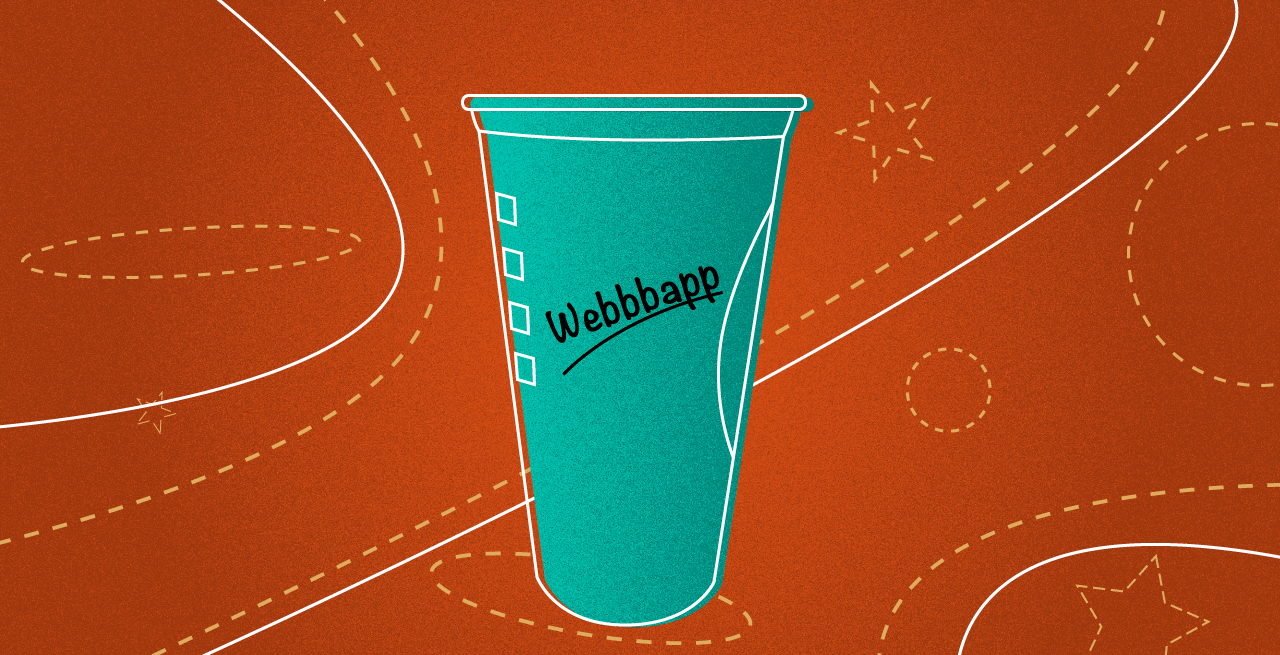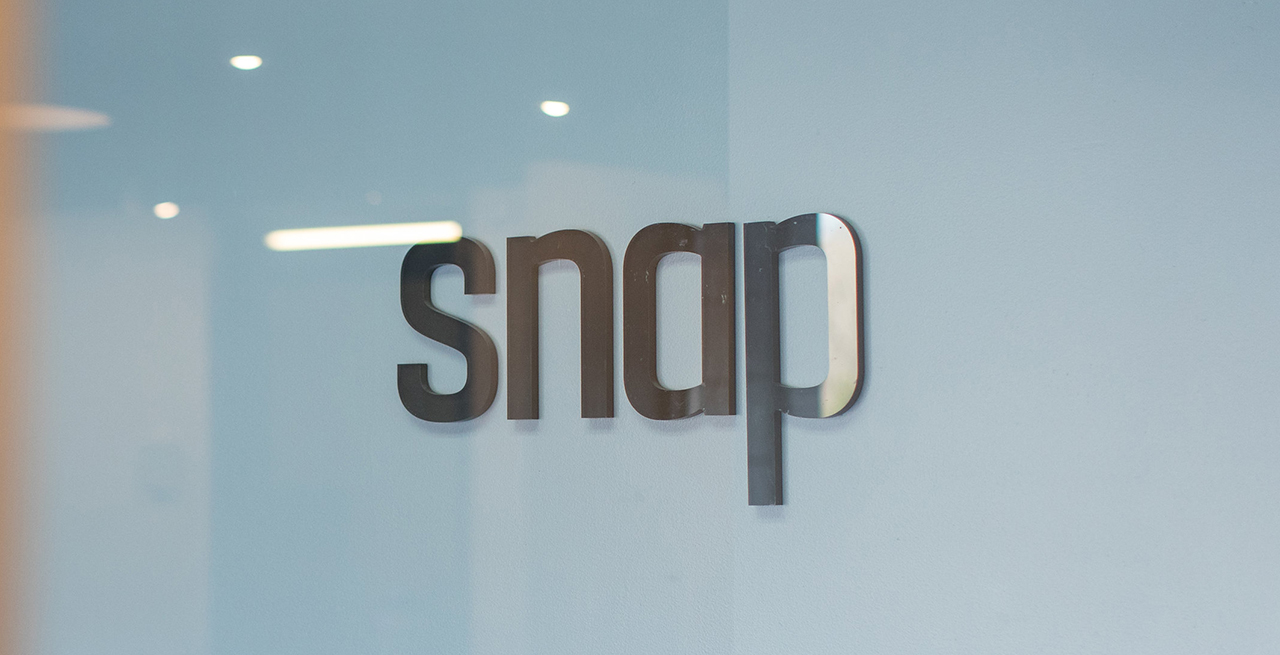Before the advent of digital marketing, catalogs, roadside billboards, and theatrical radio ads were king. Then came television commercials, followed by internet ads. Today, mobile marketing is one of the primary marketing methods used to reach consumers. With 96 percent of Americans owning some type of mobile device, marketers are no longer wondering if targeting mobile users is a wise play. Instead, the primary focus has shifted to the question, “How can our brand best appeal to mobile-based customers?”
Responsive websites, native apps, and progressive web apps all offer opportunities to reach mobile users. However, they are not all created equally. While mobile sites are relatively easy to build, they often provide a less-than-ideal user experience. Native apps focus on positive user experiences, but their required download and device limitations are enough to make designers think twice. The third and newest option, progressive web apps, might just offer the most reliable solution yet. Could utilizing progressive web apps be the key to your brand’s mobile marketing success?
What Are Progressive Web Apps?

Combining the best qualities of both mobile sites and native apps while avoiding some of their pitfalls, progressive web applications (PWAs) are built like a website, but act and feel like an app. Thanks to recent advancements in web development, the capabilities of apps are virtually endless. Progressive apps run on fully-developed code instead of the fragmentation used by native apps. This operating system makes PWAs more manageable to launch and update than traditional sites.
What Can PWAs Do?
Progressive web apps are easily accessible without taking up device memory or using data, making them far more efficient than traditional websites or mobile apps. PWAs offer the same speed and convenience of apps, at a lower development cost, while still working on multiple devices and browsers. They can also be installed without downloading, thereby eliminating the common marketing issue of consumer buy-in.
4 Examples of Effective Progressive Web Apps and Why They Work
By prioritizing accessibility, speed, and user experience, PWAs can provide an attractive option for businesses looking to up their digital marketing game. The best PWAs fly under the radar, acting so much like a high-performing mobile app or website that most consumers don’t even recognize them. The progressive web apps designed by these four brands are considered some of the most successful in the digital world—take a look.
Pinterest was initially designed as an engagement-centered website where account holders could pin and share clickable images containing design, fashion, and cooking inspiration. Later adding an app and now a PWA to its portfolio, Pinterest has continued to be a haven for crafters and creatives alike. The progressive web app offers users the full Pinterest experience—like the browser does—while eliminating the issues of scaling and content cutoff caused by the app. Ultimately, Pinterest used its PWA to increase time spent in the app by 40 percent, which led to a 60 percent increase in overall core engagement.
Starbucks

The metaphorical lifeblood of many digital creatives, Starbucks’ famous coffee chain offers caffeine lovers their favorite beverage in-store, through drive-throughs, and even via mobile app and food delivery services. Their progressive web app is accessible offline, allowing users to browse the menu, check out nutrition facts, and customize orders. Starbucks is certainly seeing the positive results of offering the same experience through phone or on a desktop—the company reported double the orders through their new PWA last year.
Forbes
Forbes sets a high standard for journalism, publishing in-depth articles on finance, marketing, investment, technology, and other topics. Their PWA includes mobile app features like push notifications to help re-engage users and app-like navigation. The early stages of beta testing showed great promise: Forbes saw a doubling in time spent on the page, and engagement from casual users tripled.
Trivago
Trivago’s hotel booking app helps users sort, choose, and book their ideal hotel stay according to their interests, needs, and budget. Boasting features like interactive push notifications and filters for accommodation details, Trivago’s PWA is available in over 55 countries and offers support in 33 languages. Since instituting their progressive web app, Trivago has seen a 150 percent increase in engagement, and the average repeat visit, previously sitting at .8, is now up over 2. Although offline access is still relatively modest, Trivago considers their PWA to be extraordinarily successful and looks forward to continually improving it.
Need a New Website? Let Us Help!

As digital marketing leaders, we understand the importance of creating the best possible user experience. If you want to offer your consumers a faster, more comprehensive website experience, contact Snap. We’ll put our years of proven experience in website design and development to work for your business, ensuring that every aspect of your mobile site and marketing strategy is set up for success.
